Imagine opening a window into a world so ancient, so bizarre, that even the wildest science fiction seems tame by comparison. That’s exactly what happens when you step into the story of Canada’s Burgess Shale—a treasure trove of fossils capturing the moment life exploded with creativity over half a billion years ago. Deep in the rugged heart of the Canadian Rockies, this legendary site preserves creatures so strange and hauntingly beautiful that they continue to astound scientists and ignite the imagination of anyone lucky enough to see their ghostly imprints. Here, the Earth’s distant past comes alive, telling the tale of evolution’s boldest experiments and the mysterious dawn of animal life.
The Discovery That Changed Paleontology Forever

The Burgess Shale was first discovered in 1909 by paleontologist Charles Doolittle Walcott, who stumbled upon its rich fossil beds almost by accident. Hidden high in Yoho National Park, British Columbia, the site brought back thousands of slabs filled with peculiar creatures never before seen. This discovery sent shockwaves through the scientific community, challenging long-held beliefs about the origins and diversity of early life. Walcott’s painstaking work revealed a world far more complex and vibrant than anyone had imagined. For decades, the Burgess Shale remained a closely guarded secret, its fossils waiting to rewrite the story of evolution.
What Is the Burgess Shale?
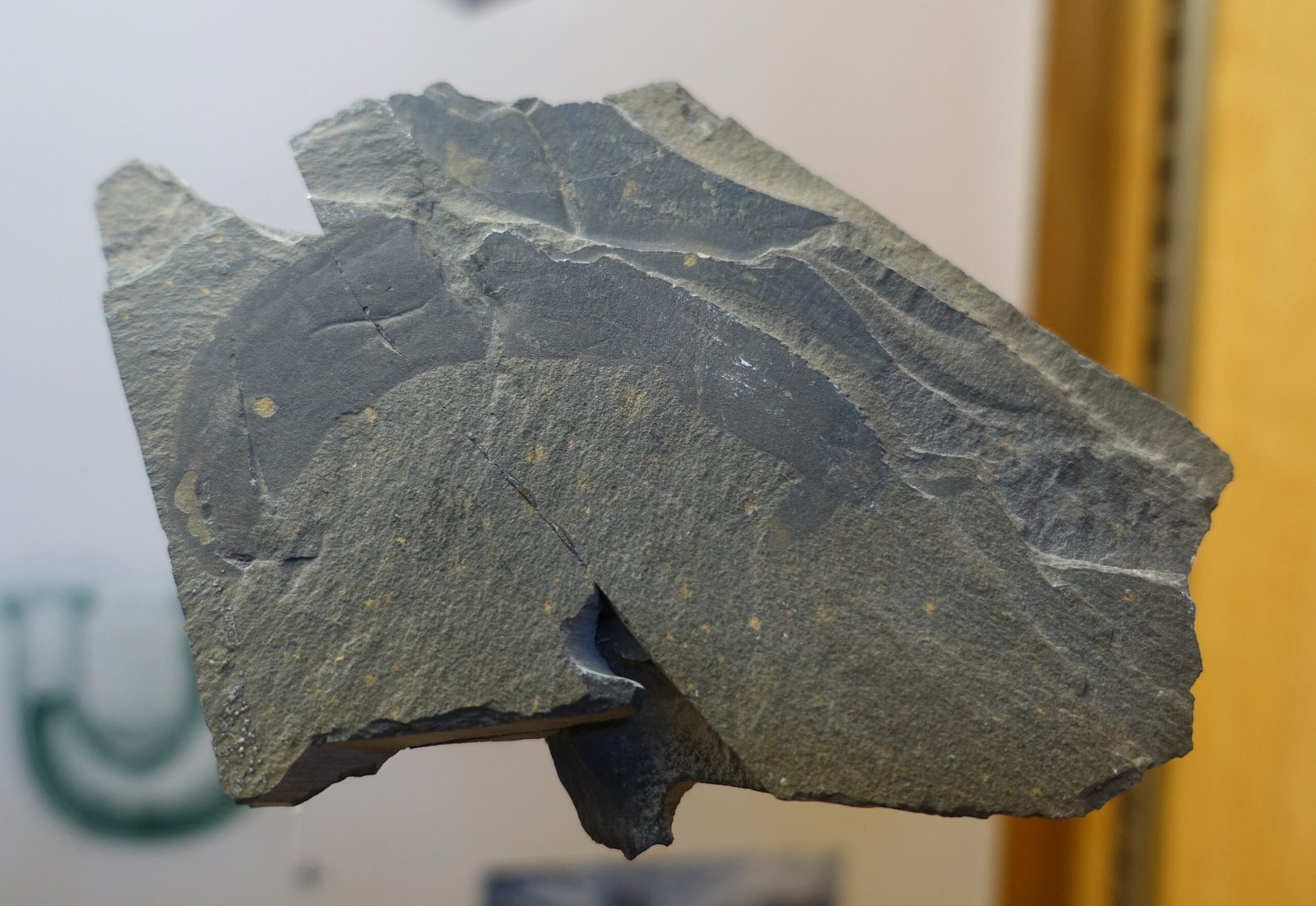
Nestled between towering cliffs and emerald alpine lakes, the Burgess Shale is a narrow band of black shale rock, over 500 million years old, dating back to the Cambrian Period. What makes it truly special isn’t just its age, but its astonishing preservation of soft-bodied animals—creatures rarely fossilized elsewhere. Unlike fossils that capture only bones and shells, the Burgess Shale reveals delicate bodies, appendages, and even internal organs in exquisite detail. This rare window lets us see life as it really was, not just skeletons, but the full cast of Earth’s earliest animal actors.
The Cambrian Explosion: Life’s Big Bang
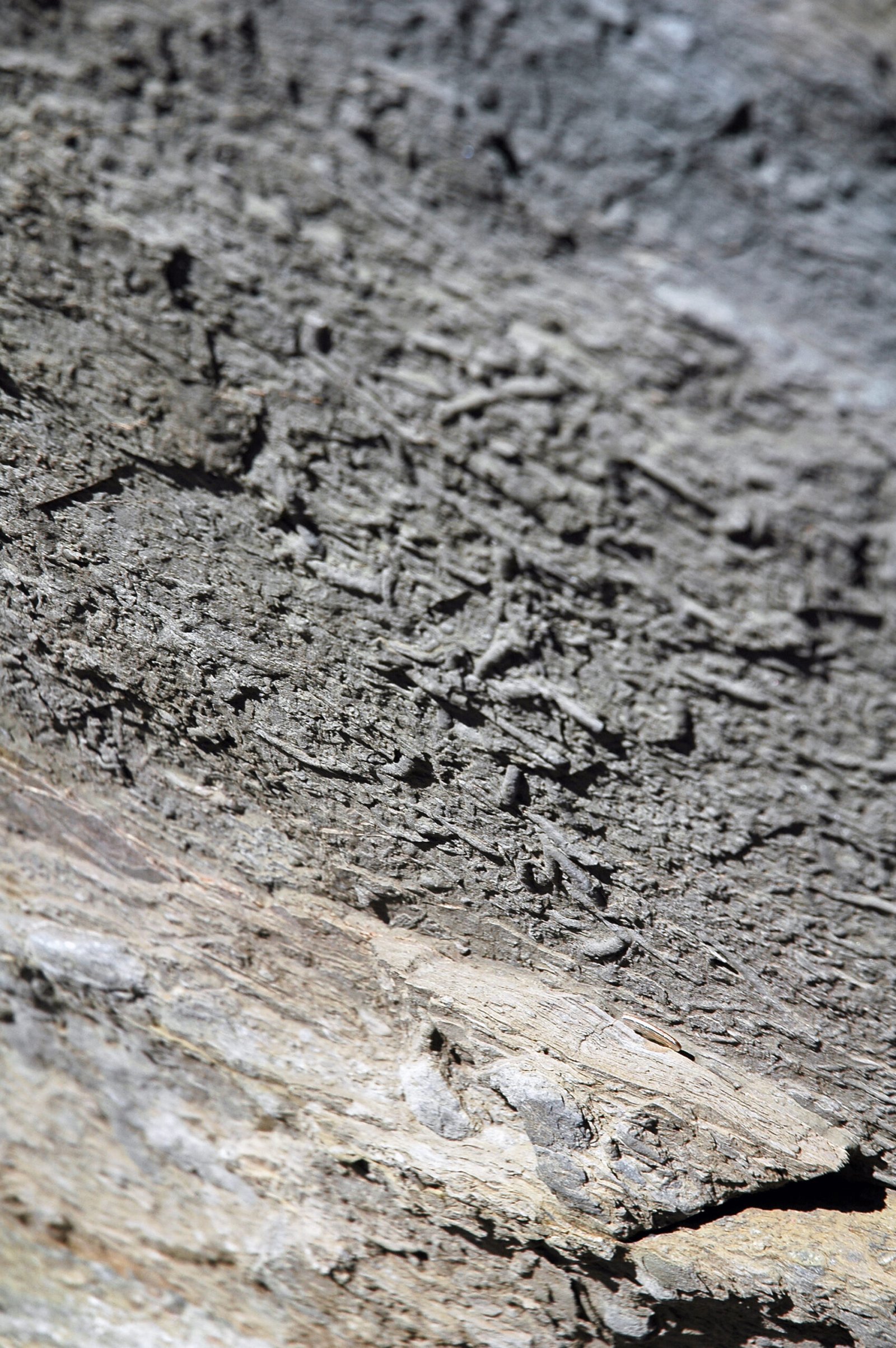
The Burgess Shale captures a pivotal moment known as the Cambrian Explosion, around 508 million years ago, when life on Earth suddenly diversified at an unprecedented rate. Before this period, most life forms were simple and microscopic, but within a geological blink of an eye, complex animals with eyes, limbs, and hard parts appeared. The fossils at Burgess Shale reveal how quickly nature experimented, producing bizarre and often short-lived creatures. This evolutionary burst set the stage for all future animal life, including humans, and the Burgess Shale is our best record of this extraordinary event.
Weird and Wonderful Creatures
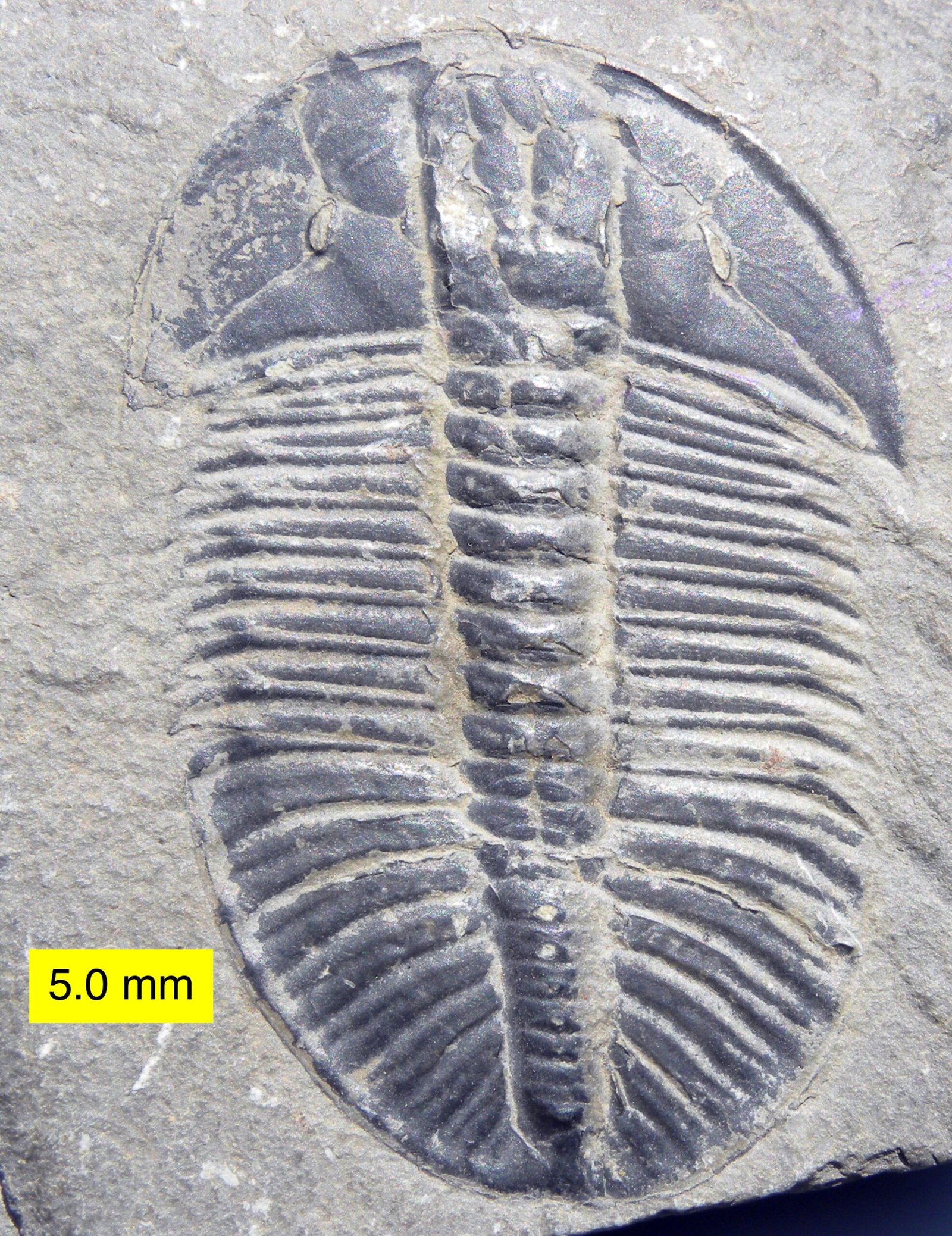
Some of the most jaw-dropping animals from the Burgess Shale look like they belong in a dream—or a nightmare. Take Hallucigenia, for example: a worm-like creature with spiky spines on its back and tentacle-like legs. Or Opabinia, famous for its five eyes and a long, flexible proboscis ending in a claw. There’s also Anomalocaris, once thought to be a monster assembled from different animals, now recognized as one of the earliest apex predators. Each discovery from the shale forces scientists to question everything they know about animal forms and evolution’s wild creativity.
Preservation: Nature’s Time Capsule
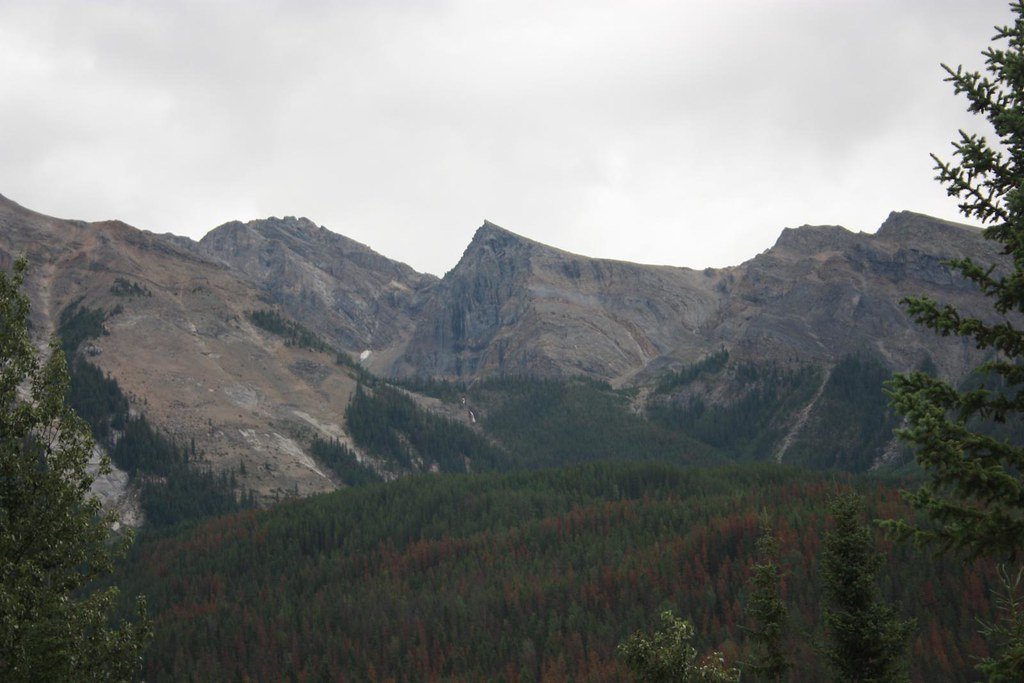
The Burgess Shale’s remarkable preservation is a stroke of luck and science. After a mudslide buried the ancient seafloor, the lack of oxygen in the sediment halted decay, preserving animals in incredible detail. Even the softest tissues, like eyes and guts, survived the ages as thin carbon films or mineralized ghosts. This rare process, called “Lagerstätte” preservation, is like a snapshot taken at the perfect moment. Because of it, the Burgess Shale is one of the few places where we can actually see what some of the earliest animals looked like, not just guess based on bones.
Why Are These Fossils So Important?

The fossils from the Burgess Shale are much more than scientific curiosities—they are key pieces to the puzzle of life’s history. They show us the first steps in the evolution of complex animal forms, including the ancestors of modern groups like arthropods, worms, and even vertebrates. Many of the creatures discovered here have no known descendants, representing evolutionary dead ends. Yet, they reveal just how much life experimented before settling on familiar body plans. Without the Burgess Shale, our understanding of evolution’s path would be filled with gaps and guesswork.
How the Burgess Shale Changed Science

The discoveries at Burgess Shale upended traditional ideas about evolution and animal diversity. Before these fossils, it was believed that life evolved slowly and steadily. The weird shapes and sudden appearance of new forms in the shale challenged this view, suggesting rapid bursts of innovation followed by mass extinctions. As one scientist famously put it, the Burgess Shale creatures “show evolution’s madness at full throttle.” This forced researchers to rethink not just how life evolved, but why some forms survived while others vanished forever.
Modern Technology Meets Ancient Mysteries
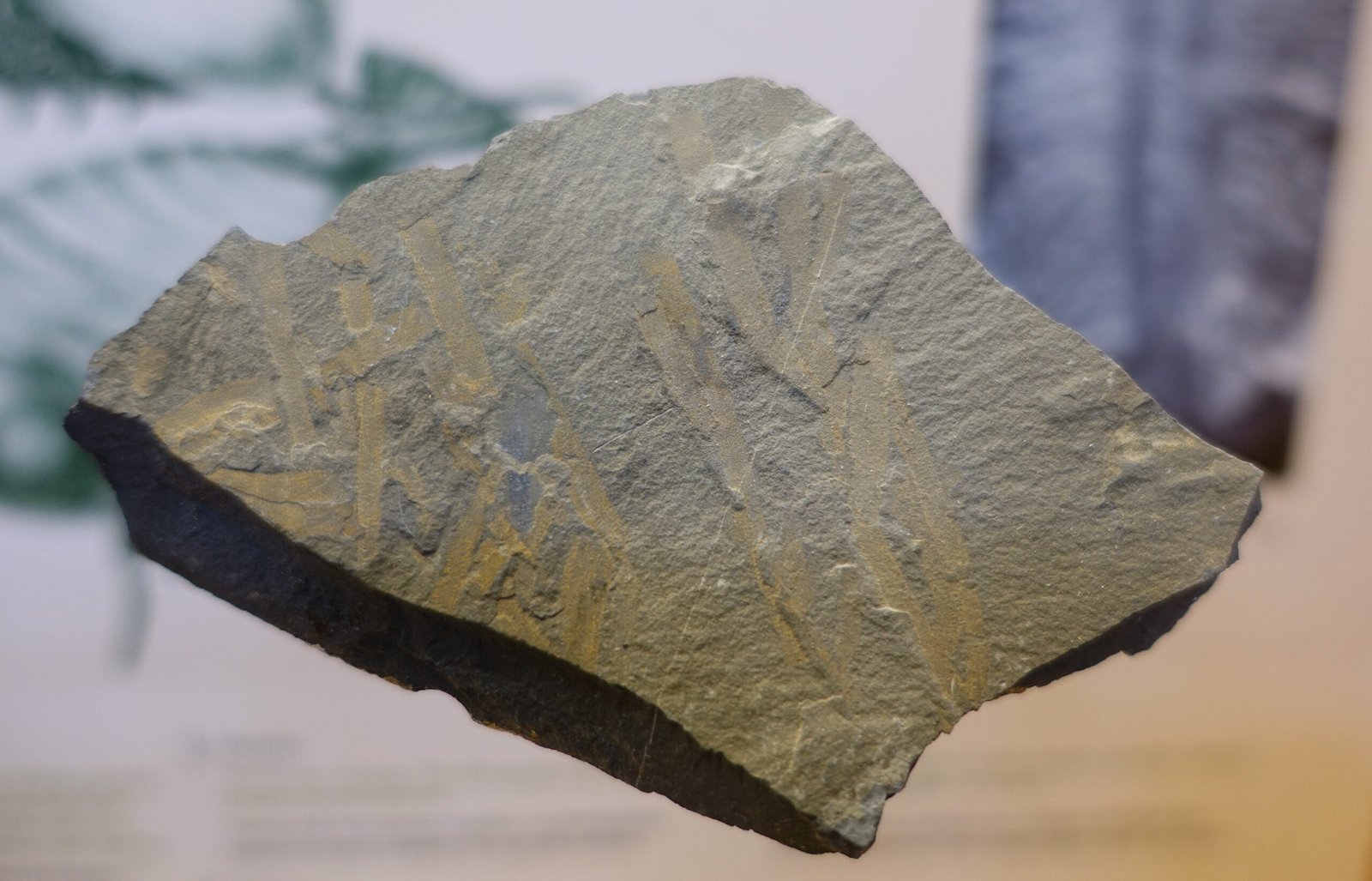
Today, scientists use cutting-edge technology to study the Burgess Shale fossils. High-resolution imaging, CT scans, and computer modeling bring these ancient creatures to life in vivid three dimensions. Researchers can even simulate how these animals moved, fed, and interacted with their environment. These new tools are revealing features never noticed before, like hidden eyes or microscopic hairs. Modern science continues to peel back new layers of mystery from these ancient stones, showing that the Burgess Shale still has secrets to share.
Global Impact and New Discoveries
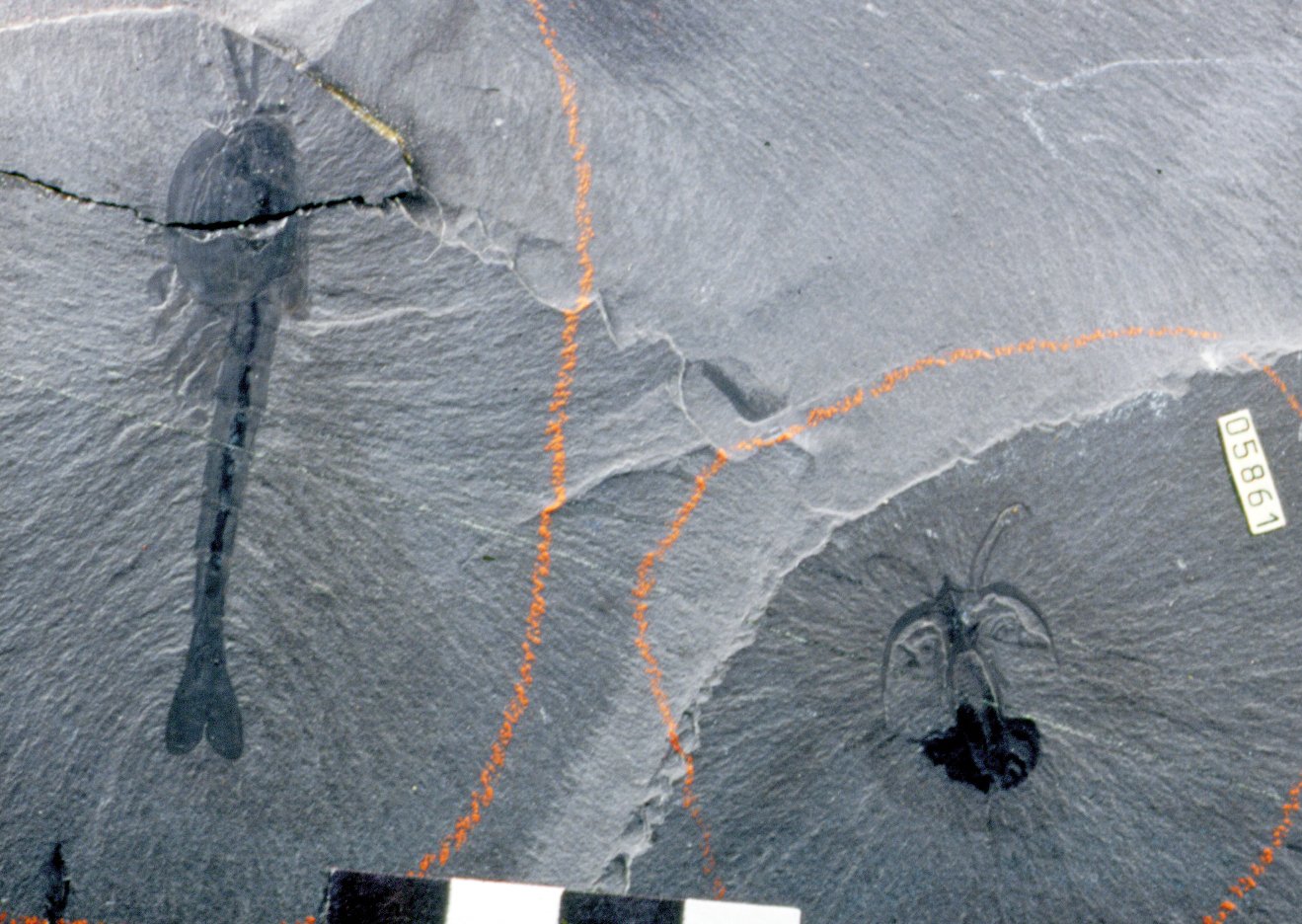
The influence of the Burgess Shale stretches far beyond Canada. Its fossils have inspired the search for similar sites around the world, and new Cambrian fossil beds have since been found in China, Greenland, and Australia. Each discovery adds new chapters to the story, but the original Burgess Shale remains unmatched for its variety and detail. Its global impact is felt in textbooks, museum exhibits, and scientific debates everywhere. Every year, new fossils are uncovered, hinting at species yet unknown and evolutionary stories yet untold.
Visiting the Burgess Shale Today

The Burgess Shale is now a protected UNESCO World Heritage site, drawing scientists, hikers, and dreamers from around the world. Guided tours allow visitors to walk in the footsteps of ancient seas, surrounded by some of the most stunning mountain scenery on Earth. Holding a Burgess Shale fossil in your hand is like shaking hands with the distant past—a humbling reminder of life’s fragile beginnings. The site’s breathtaking beauty and scientific importance make it a powerful symbol of nature’s creativity and the enduring curiosity of the human spirit.
The Legacy of the Burgess Shale
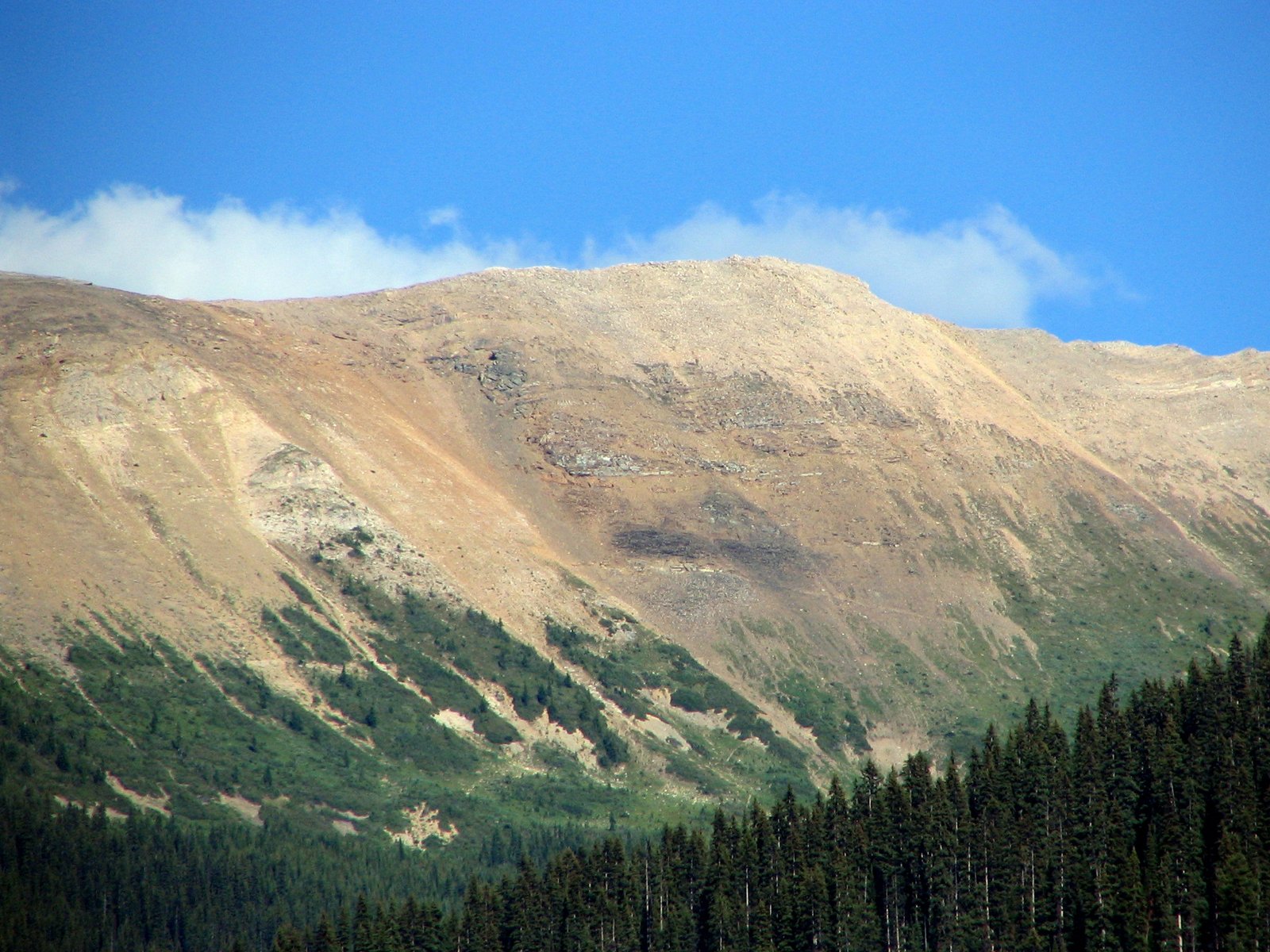
The story of the Burgess Shale is one of discovery, wonder, and the relentless pursuit of knowledge. Its fossils connect us to a world long vanished, showing how chance, catastrophe, and imagination shaped the living world. By studying these ancient stones, we glimpse both the strangeness and the universality of life’s journey. The Burgess Shale reminds us that even in the darkest rocks, there are stories waiting to be told—stories that can change how we see ourselves, our planet, and the miracles of evolution itself.




